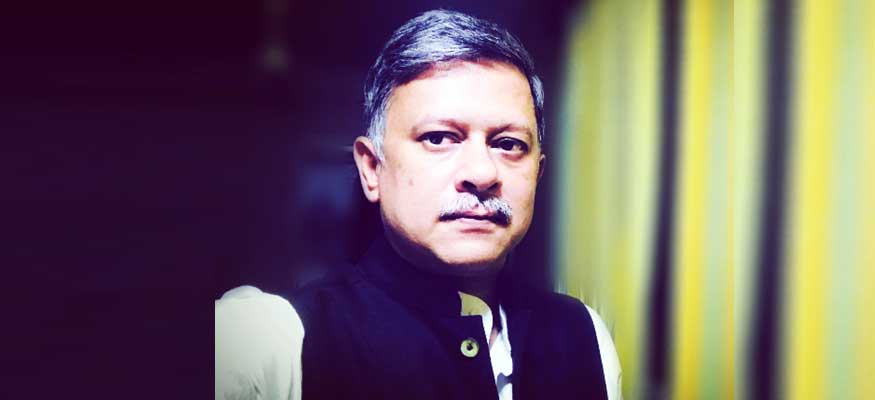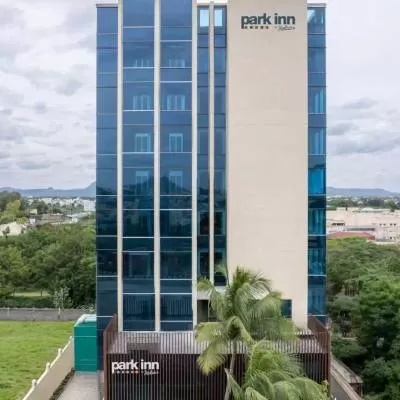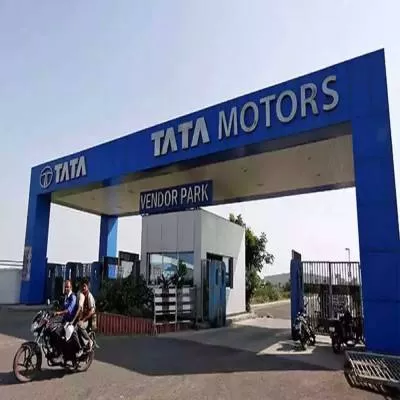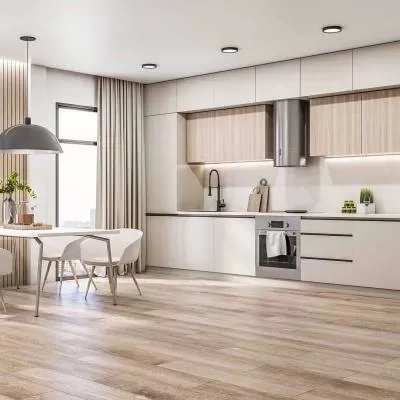A superior method for corporate fitouts, it offers time and cost benefit

Design and build is a project delivery system where both the design and construction services are entrusted to one single agency. The model has been in existence as a preferred procurement route for projects of various scale in the Western and Middle East countries for quite some time. In India, it was introduced as a form of contract, initially by the MNC corporations who came in and built extensive office spaces in the Indian metros. Often, these contracts are referred as Guaranteed Maximum Price (GMP) or Warranted Maximum Price (WMP) Contracts. As per an industry research, globally, 85 per cent of interior fit-out projects with a value of less than $5,700,000 are procured through the design and build model.
The traditional approach of doing corporate fit-outs
Indian corporate clients had traditionally employed design-bid-build as the project delivery method of choice. This traditional approach required the client to appoint a designer followed by a project management firm and then the various contractors using an item rate contract template. The significant overlap of design and construction in our projects made this approach practical and realistic. It also used to de-risk both the client and the vendors. Clients used to start the project early, but the risk of the project going above cost or time was always high due to change in design and specifications. Errors in bills of materials also remained significantly high in this model. It still remains a strong model of project delivery but has its disadvantages when offices need to be built quickly with a fixed price tag.
Emergence of the design and build model
From 2008 onwardsm slowly but surelym Indian corporates have started believing in the design and build model. The same was spearheaded initially by MNCs like Accenture, Cognizant and Capgemini, but soon everybody started using it as a viable procurement model. The advantages were manifold. The client suddenly have one single agency to deal with during delivery. Cost was getting frozen in the beginning, thanks to a signed off layout, clear specifications and clarity on the scope of work. Tight timelines were getting achieved as the design and build vendors were able to commence work faster by reducing the procurement process. The entire co-ordination between design, procurement and construction is now under the design and build vendor. Professional PMC firms started their own design and build vertical as an extension to their previous responsibilities. Reputed architectural firms and large interior vendors also joined the bandwagon. The corporate interior turnkey solution market is now growing at a fast pace and is here to stay.
Current challenges to the design and build model
It is heartening to note that the adaptation of design and build model is actually helping in transformation of Indian firms in the construction industry. Design firms are strengthening their execution capabilities, interior contractors are learning how to coordinate professionally with MEP vendors and PMC firms are building in-house design capabilities. However, we still have very few agencies in India who are equally adept in design and execution. Both the qualities are needed to deliver a superior product to the client. The procurement pressure of cost on this model is also causing dilution of design, which is a matter of concern. Corporate procurement vertical are still grappling on the right way to conclude on a design and build vendor in absence of an accurate bill of material and diverse designs on the table.
The future of design and build in India
With a progressive outlook and increasing demand, design and build has positioned itself firmly on the corporate fitout and design map for all the projects. Companies are expected to turn towards design and build method for their office fit-outs, due to the constant struggle for space within a limited timeframe. As per a global survey, majority of owners indicated using or anticipate using design and build approach for their projects, in the next five years.
Complex projects can now be better procured and delivered, which was not feasible using the traditional approach. The design and build method allows for the speedy refurbishment of new or empty space. Global estimates peg that the design and build construction spending in the assessed segments (office, commercial, manufacturing, educational, amusement and recreation, healthcare, transportation etc.) is anticipated to account for 44 per cent and reach over $320 billion in 2021 from 18 per cent in 2018.
According to a recent market forecast, design and build firms and interior designers in India are expecting more than 90 per cent gross revenue this year compared to 2017.
Finally, design and build is not just a mere approach of project delivery, but is also perceived as an attitude of the people involved in the project. This model is intended to be a highly collaborative, fully integrated process that is built on trust, mutual respect, teamwork, innovation and creative problem solving.
About the Author:
Arnab Ghosh is Director at Synergy Property Development Services.

 Design and build is a project delivery system where both the design and construction services are entrusted to one single agency. The model has been in existence as a preferred procurement route for projects of various scale in the Western and Middle East countries for quite some time. In India, it was introduced as a form of contract, initially by the MNC corporations who came in and built extensive office spaces in the Indian metros. Often, these contracts are referred as Guaranteed Maximum Price (GMP) or Warranted Maximum Price (WMP) Contracts. As per an industry research, globally, 85 per cent of interior fit-out projects with a value of less than $5,700,000 are procured through the design and build model.
Design and build is a project delivery system where both the design and construction services are entrusted to one single agency. The model has been in existence as a preferred procurement route for projects of various scale in the Western and Middle East countries for quite some time. In India, it was introduced as a form of contract, initially by the MNC corporations who came in and built extensive office spaces in the Indian metros. Often, these contracts are referred as Guaranteed Maximum Price (GMP) or Warranted Maximum Price (WMP) Contracts. As per an industry research, globally, 85 per cent of interior fit-out projects with a value of less than $5,700,000 are procured through the design and build model.










